5 reasons why logistics prices are increasing and 3 top tips for e-commerce brands
Logistics costs are going up across the entire supply chain. Find out why and our top tips for how to continue to grow during financially challenging times.
.png)
The current economic climate is challenging for e-commerce brands. With rising costs of energy, continued supply chain bottlenecks, and increasing inflation, an already complex landscape is now more taxing to navigate.
This article will help you understand the key reasons for rising logistics operating costs and how this impacts pricing down the value chain. Then, we will address three ways to optimize your e-commerce business to lower the impact of these rising prices and survive and thrive in economically challenging times.
Complete table of contents
Why have prices gone up?
In this blog post, we will go into the key reasons why logistics prices are on the rise. These are:
1. Rising operating costs in logistics
a) Increasing inflation caused by:
War leading to energy crisis and export restrictions
Supply chain issues in the wake of Covid
b) Higher labor costs
2. Increased pricing further down the logistics value chain in:
a) Freight transport
b) Last-mile delivery
c) Order fulfillment
Then we will dive into our top tips for e-commerce brands.
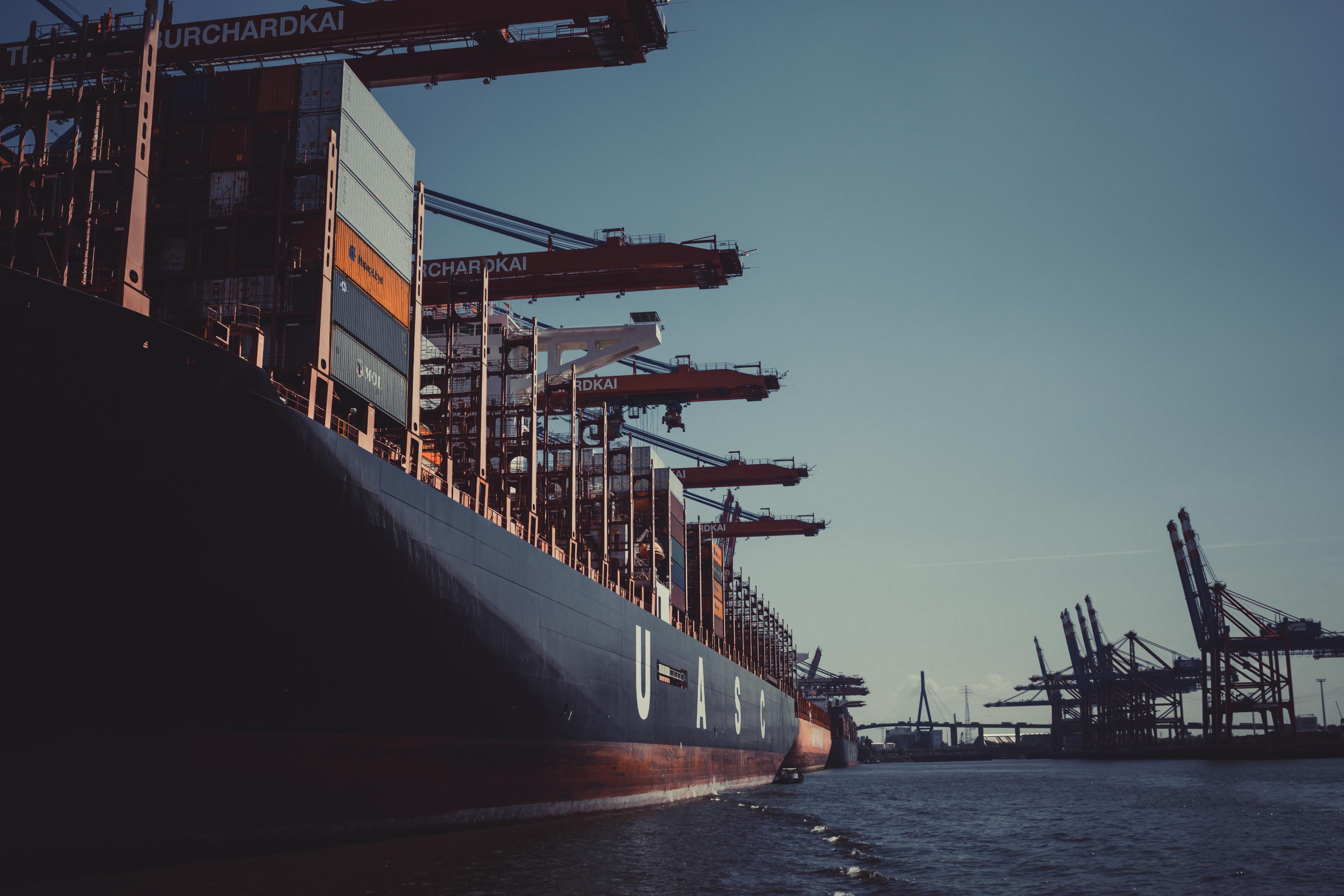
Rising operating costs in logistics due to inflation
Within the Eurozone, nearly half of the countries have reached double figures in annual inflation, with the average at a record high of 8.6% in June 2022.
This unusual increase in inflation is mostly due to rising energy costs which impact many other sectors of the economy. Energy prices are continuing to increase, with the rate of inflation at 41.9% in June, compared to 39.1% in May – and forecasted to go even higher.
But rising energy costs are not the only factor in inflation, as even excluding energy, inflation still rose from 4.6% to 4.9% in May and June, more than double the European Central Bank (ECB) target of 2%.
But why is inflation being driven to such high rates?
The economic fallout of the Russian invasion of Ukraine
This increase in energy prices is mostly due to the Russian invasion of Ukraine. Until now, Europe has heavily relied on Russia for fuel – 40% of its natural gas in fact, a fuel used for many processes in logistics such as cardboard manufacturing.
The EU has placed export sanctions on Russia, preventing the importing of certain goods and raw materials from Russia into the EU. Those relevant to logistics experiencing export sanctions are:
- Crude oil and other refined petroleum products
- Coal and other fossil fuels
- Steel and iron
- Timber
This sanction on fossil fuels is also in combination with the cut capacity of the Nord Stream 1 pipeline which supplies Europe with natural gas from Russia. This lack of fuel supply to Europe has inflated costs globally.
This affects logistics operating costs across the supply chain as fuel costs are a core part of delivery, freight, and warehouse operations pricing. More on this below.
Supply chain issues in the wake of Covid
Logistics disruptions are still ongoing in the wake of the Covid-19 pandemic. In this time we saw major disruptions to the flow of goods globally which has created an ongoing ripple effect along the supply chain. And in addition, the reduced workforce in logistics has still not bounced back to pre-pandemic numbers.
One current issue causing major disruption is the lack of freight containers. This is caused by a domino effect starting with the low number of freight ships in use compared to containers waiting to be picked up during the height of the pandemic. This backlog is still yet to be remedied and freight containers are being put out of use at a higher rate than they are being manufactured, exacerbating the problem.
This lack of containers has driven up prices significantly compared to pre-pandemic levels, which has a knock on effect across the supply chain.
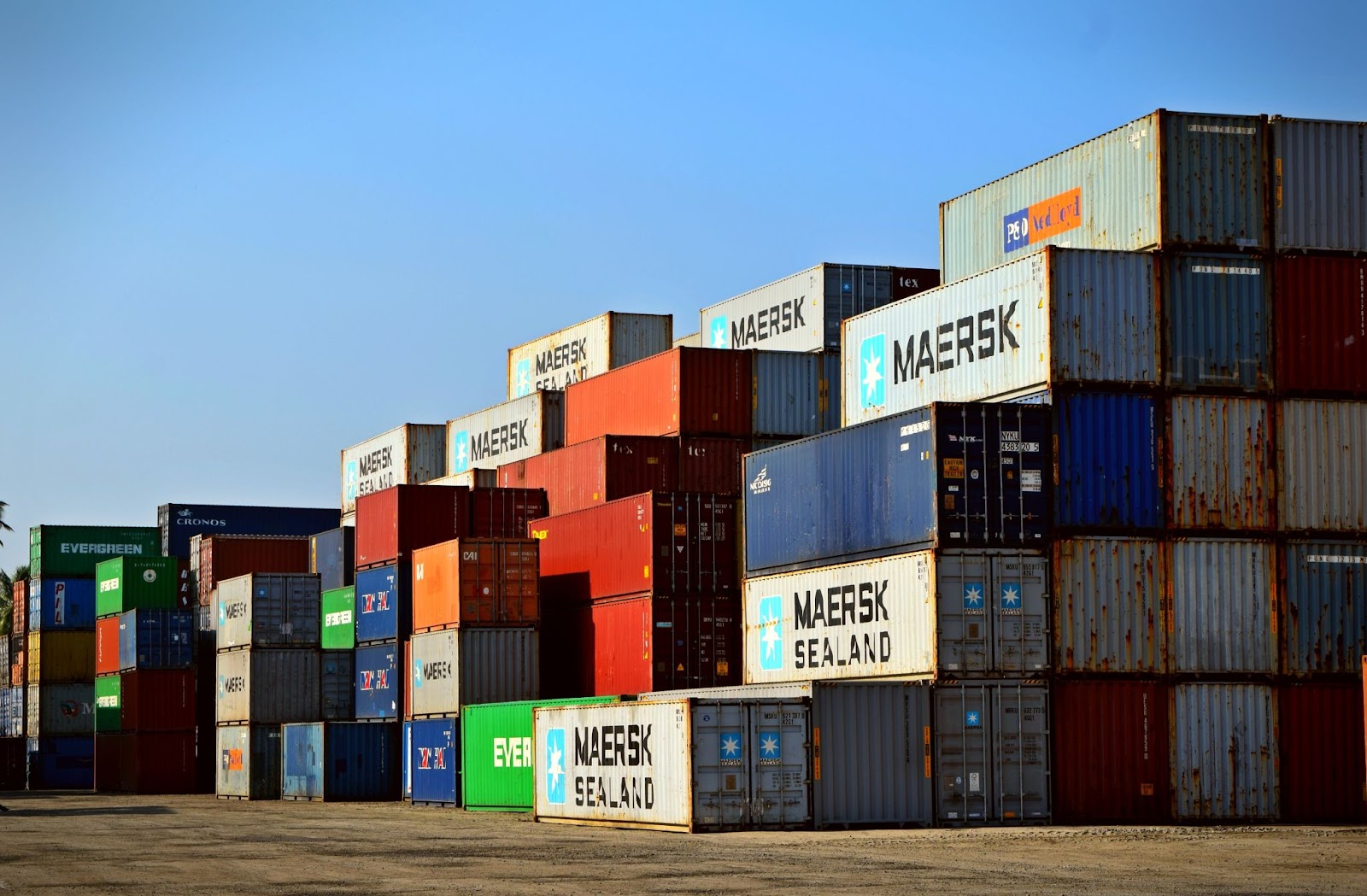
Rising costs in logistics due to higher labor costs
Across the EU labor costs have gone up at an average of 4.2%. Germany for example increased the minimum wage from €9.82 to €10.45 on July 1, 2022, and will again increase the minimum wage on October 1, 2022, to €12.00 per hour. In other countries, minimum wage increases are expected due to highly unionized workforces. This particularly impacts logistics processes such as warehouses and transportation.
In addition to this, data from the International Road Transport Union (IRU) revealed the state of driver shortages across Europe. In particular they noted a deficit of up to 100,000 jobs in the UK and more than 60,000 for both Germany and Poland.
The combination of these two factors have meant that labor is in short supply and high cost. This impacts e-commerce in the prices of both order fulfillment and delivery.
So how does the combination of all of these factors affect the pricing of logistics services along the value chain?
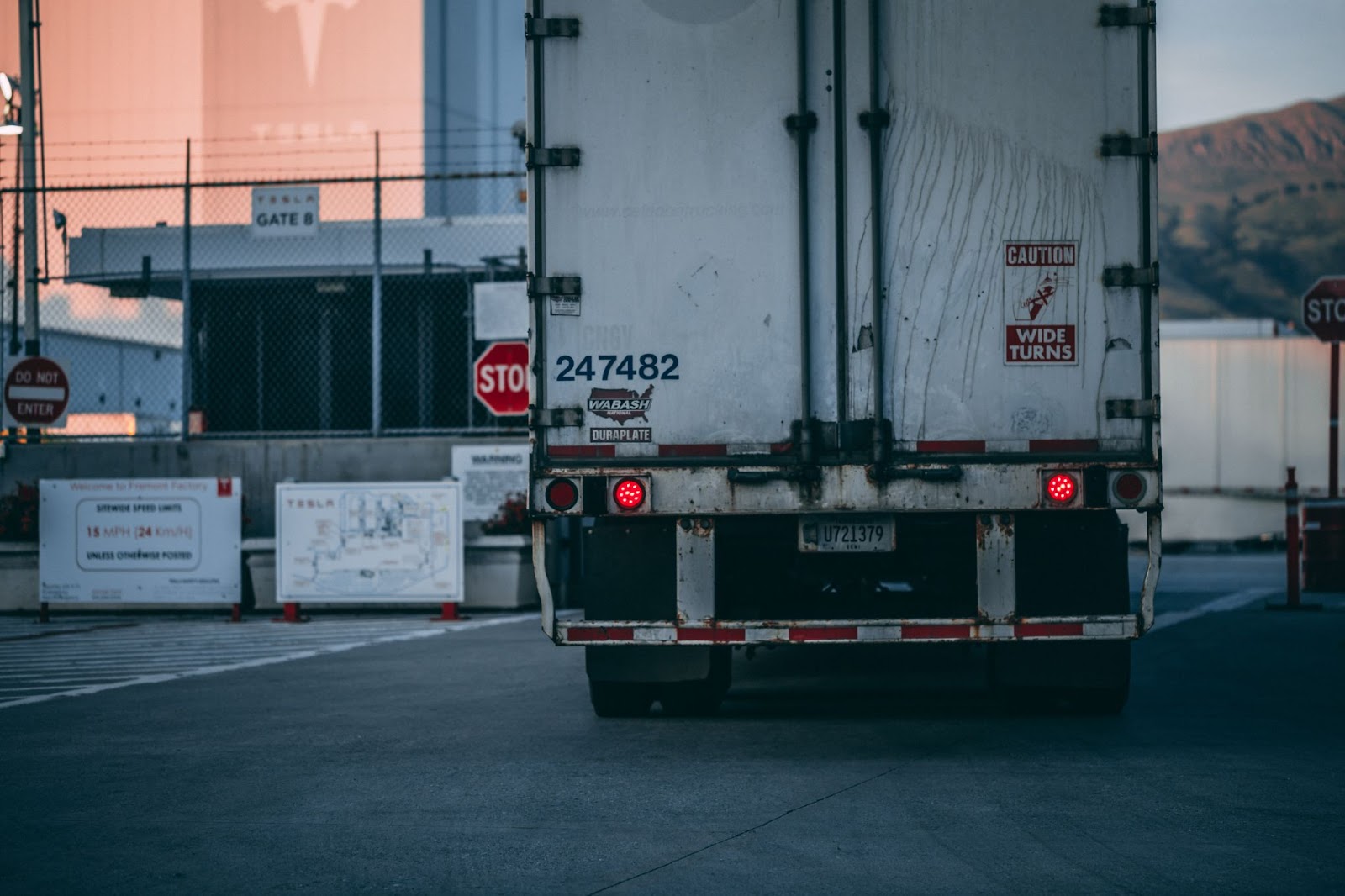
Increased pricing further down the value chain
Freight prices on the rise
Shipping costs, energy prices, and inflation are all tied closely together.
Energy price increases have particularly affected the cost of diesel and heavy fuel oil (HFO) which are used in freight vehicles. Compared with the pandemic-induced low of €1.10 in 2020, the weighted average cost of diesel was 52.7% higher in the first quarter of 2022. Additionally, HFO has increased in price by 600% compared to April 2020.
Road freight is particularly impacted by these increases in diesel prices combined with the labor shortage. This has led to road freight companies raising their prices.
Sea freight is also still at high prices compared to pre-pandemic levels. Sea freight companies have raised their prices due to the bottleneck from the container shortage causing them huge disruption, as well as the cost of HFO. This has especially affected e-commerce brands based in Europe as freight rates between Asia and Europe are especially high.
Delivery companies are raising their rates
Due to the increase in fuel costs and shortage of drivers, delivery companies are raising their prices.
DHL for example have called rate raising “unavoidable”. The company is raising rates of shipping a parcel abroad by between 1 and €3.50. Parcels to the USA will almost double in price due to steep increases in airfares. However, the company still claims it would still remain below average parcel prices in Europe.
According to DHL, these increases are due to “higher transport, delivery and labor costs as well as general cost inflation [which] make price increases in national and cross-border parcel business unavoidable.”
High demand and short supply of warehousing materials
Costs associated with warehousing are also increasing. For example, wood pallet costs are up 40% since 2020 as a result of high demand and rising lumber costs combined with reduced timber availability. Many pallet producers are based in Russia and are currently facing export restrictions, contributing to this supply crunch.
This reduction in timber has also affected the price of boxes. Cardboard prices were already on the rise after 2020 because of the increased e-commerce surge, and energy prices have affected this further. Paper and cardboard production is an energy-intensive process, and energy accounts for 15-30% of paper production costs. Around 40% of the energy used is natural gas.
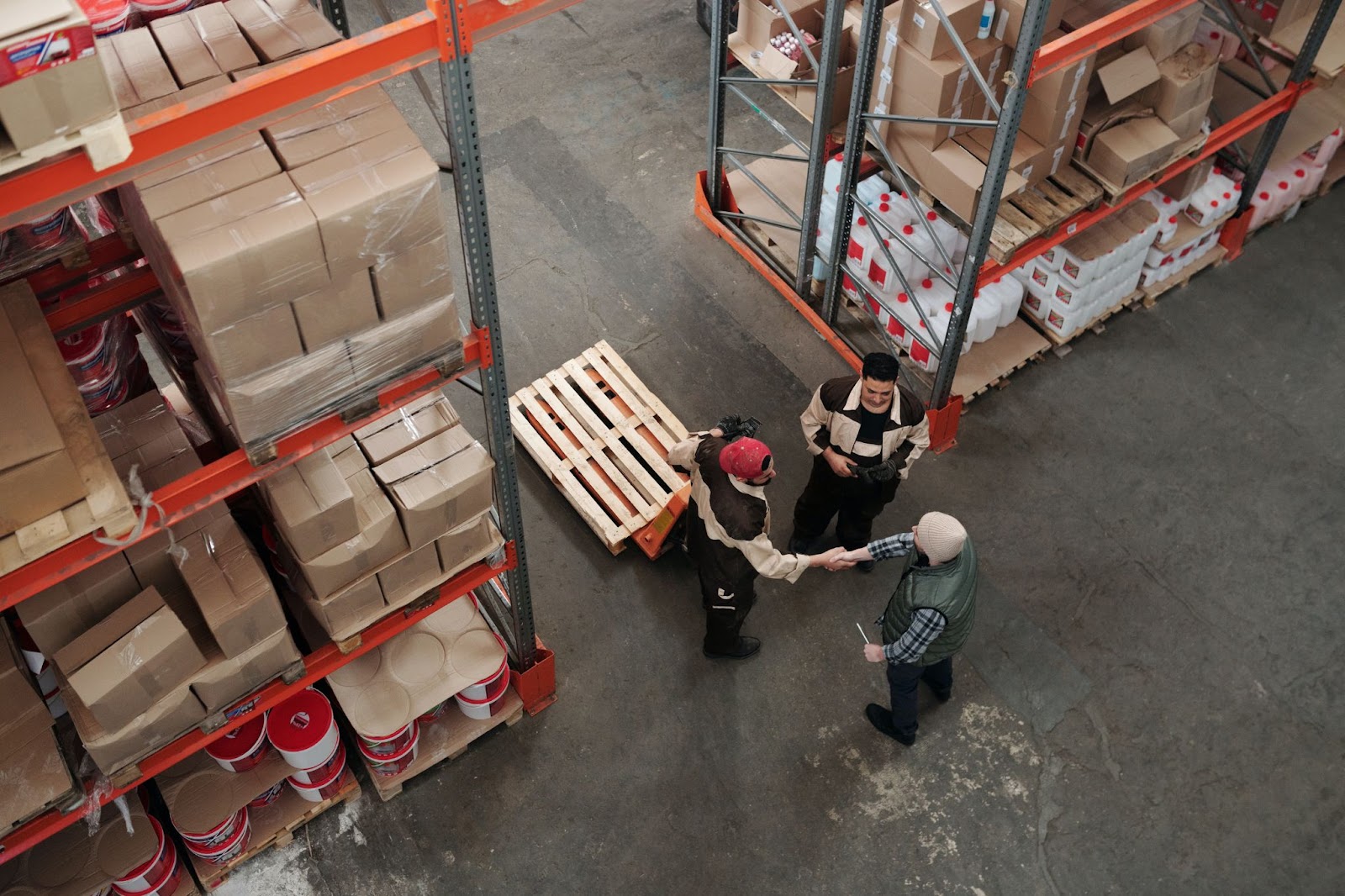
How to recession-proof your company: solutions for D2C brands
All of this begs the question: how can e-commerce brands continue to operate in this current climate? We will go over three top tips to optimize your business:
- Focus on customer loyalty and community building
- Double down on branding
- Optimize your operations across the supply chain
Focus on customer loyalty and community building
Customer purchasing behavior will continue to change going into tougher economic times. Customers are more reluctant to buy, especially from brands they do not know. This means that building trust between you and your customers is key to navigating challenging the economic climate.
By focusing on building community you can create trust with your customers and make them more likely to purchase from you again. This means listening and reacting to your community’s wishes either via organic channels such as social media, or via surveys, focus groups or similar. This is a low-cost way to get great insights and learn what resonates with your target customers.
Analyzing what your community wants means you can make data-driven decisions about future product development and marketing campaigns. This can help you grow sustainably.
Retaining customers is also highly affected by customer satisfaction during the ordering, delivery, and unboxing process. Keep things transparent and communicate the order status with your customer and provide seamless returns through a customer app like the one provided by Hive.

Double down on branding
Similar to community building, the look and feel of your brand should not be deprioritized to make way for short-term wins from performance driven marketing. VP Growth at Shopify Morgan Brown notes that “consumers are looking for differentiated experiences and brands they can connect to” and advises focusing on brand differentiation to thrive in a saturated e-commerce space.
Research from WARC shows that many e-commerce brands are making cuts in branding over other aspects of their marketing, but this may not be the best solution long-term. Google reports that more than 80% of customers research brands online before they make a purchase. This means that businesses need a strong brand to compete and earn the trust of consumers.
A key part of your branding is your packaging. This is likely the first physical touchpoint between you and your customers so it is important to get it right. Save money on packaging procurement and never go out of stock on your custom packaging by using Hive’s holistic packaging service. Find out more about how packaging for e-commerce works to optimize your packaging strategy.
Optimize your operations across the supply chain
Getting the best prices is not easy when you work alone. Consider using an operations partner like Hive to help you achieve operational excellence across the supply chain and give you the time to invest into branding and community building. Here is how Hive can help you navigate some of the factors in rising costs outlined above:
- Save money with Hive’s delivery service
- Get the best rates for freight
- Navigate rising packaging costs with a dedicated partner
1. Get access to Hive’s delivery service
When it comes to delivery, working with Hive means getting access to our multi-carrier solution, multiple options for delivery, and green options.
Save time and money with Hive’s domestic mix
While carriers are increasing their prices due to labor shortages and fuel costs, Hive optimizes carrier selection, giving you the best services from multiple carriers with simple pricing. This means we transform complex carrier contracts into one simple price with no hidden surcharges. Using the Hive domestic mix can save you up to 36% when compared to standard carrier customer rates.
Boost conversion with multiple delivery options
Offering your customers multiple options for delivery can increase your conversion at checkout. With Hive you can offer your customers a variety of delivery locations as well as express delivery to meet their needs. This includes cash on delivery, parcel point, green delivery, and more. Discover more here.
Offer environmentally-friendly delivery
Customers are increasingly aware of the environmental impact of e-commerce, especially in terms of last-mile transportation. Offering environmentally-friendly delivery options to your customers underlines your companies’ contribution to fighting climate change.
Many traditional carriers offer climate-neutral delivery through offsetting, while new, innovative providers offer fully emission-free delivery. Regardless of whether you prioritize speed, quality, or competitive prices, Hive offers a variety of climate-friendly delivery options that enable your customers to shop more green.
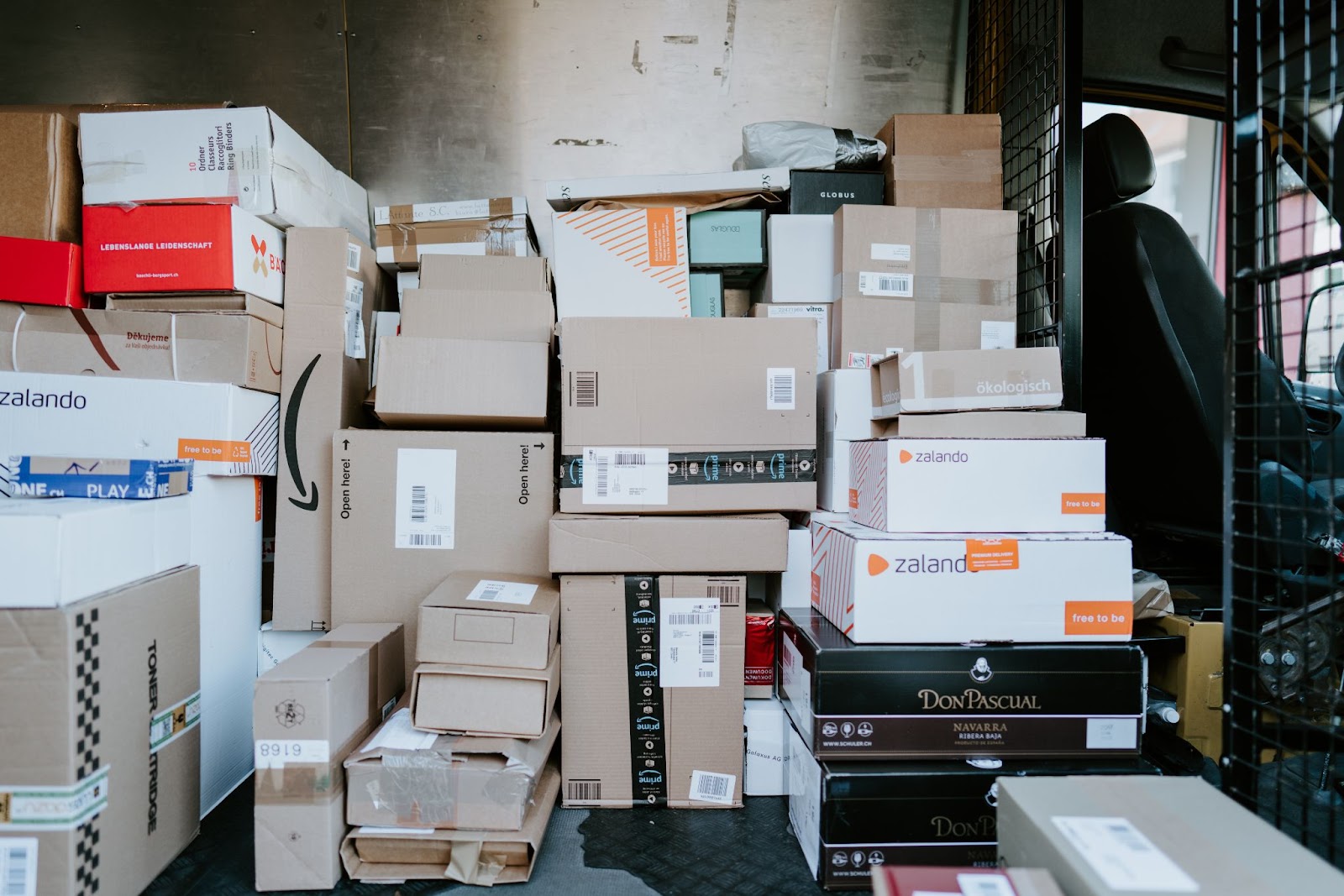
2. Get the best rates for freight
Increasing costs and uncertainty in freight forwarding as outlined above can be challenging to navigate. Working with a partner like Hive can get you access to the best possible rates for freight as well as a dedicated team to support you every step of the way.
3. Navigate rising packaging costs with a dedicated partner
With cardboard prices going up, consider partnering with a company that has access to economies of scale for packaging procurement. The Hive team can assist with getting the best prices for packaging as well as custom packaging procurement and design to help you build your brand.
Going into an uncertain financial future can be daunting. Having a trusted partner to take over your operations can save you time, money, and stress. Find out more about how Hive can support you.








.jpeg)
.png)



.png)
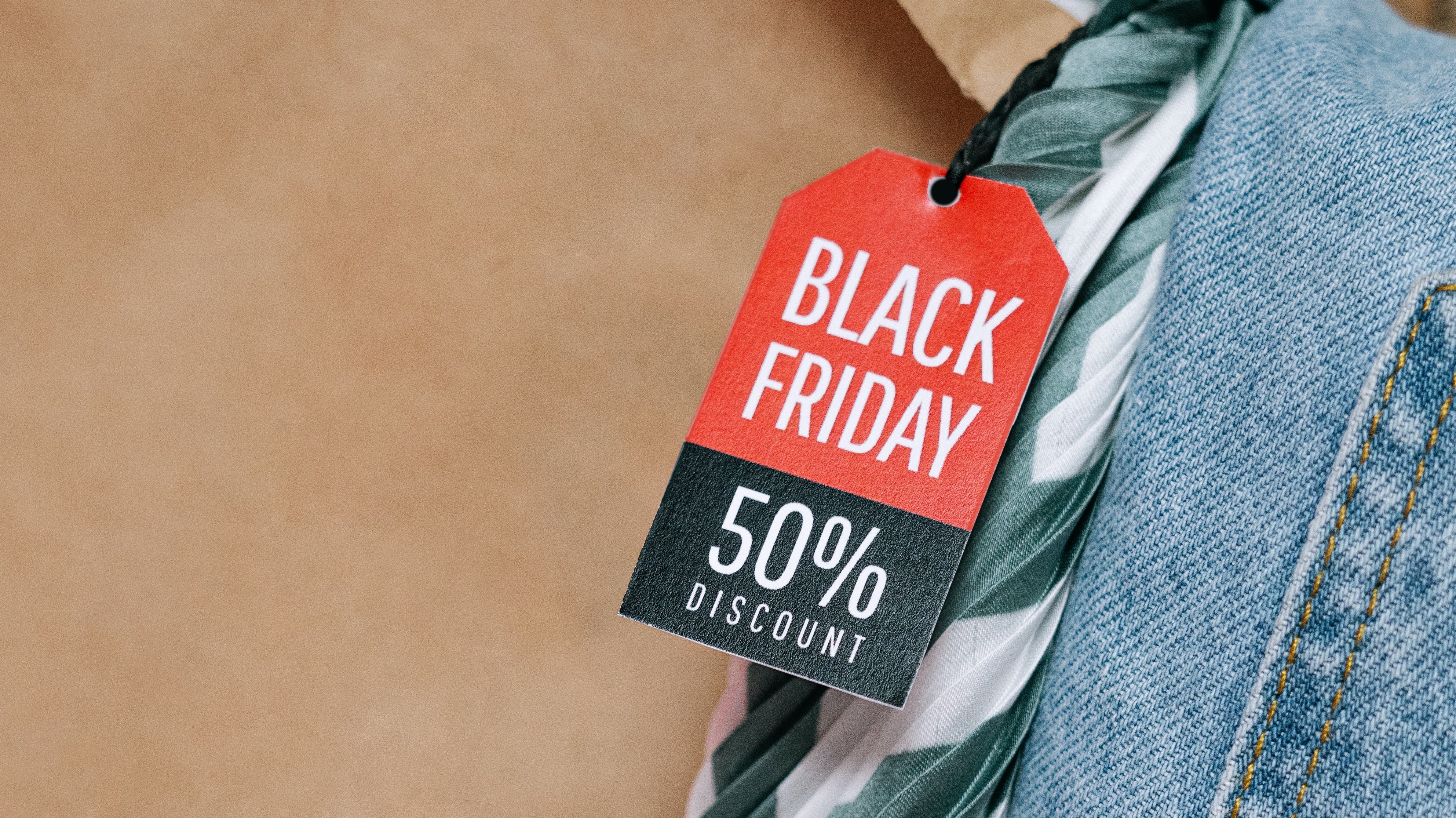
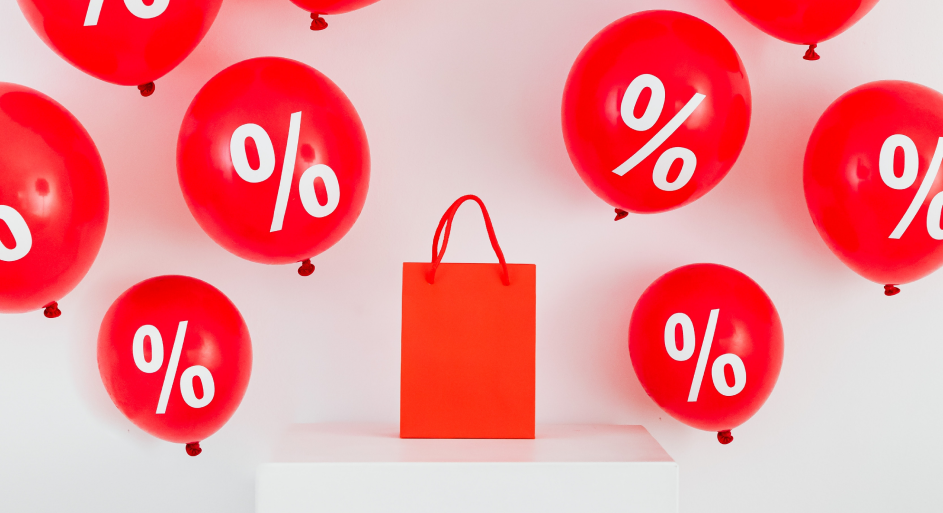

.png)

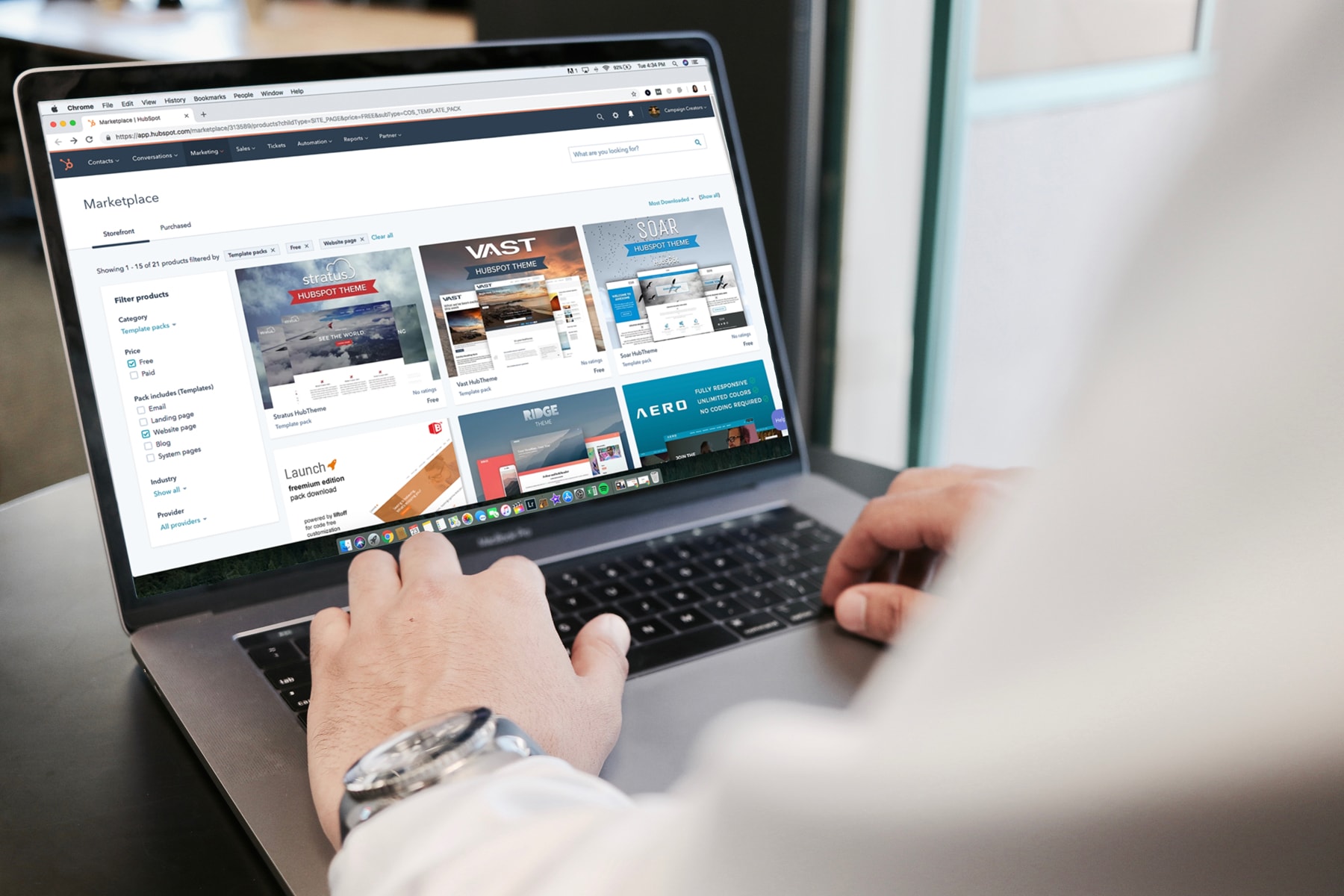



.png)

.png)

.png)
